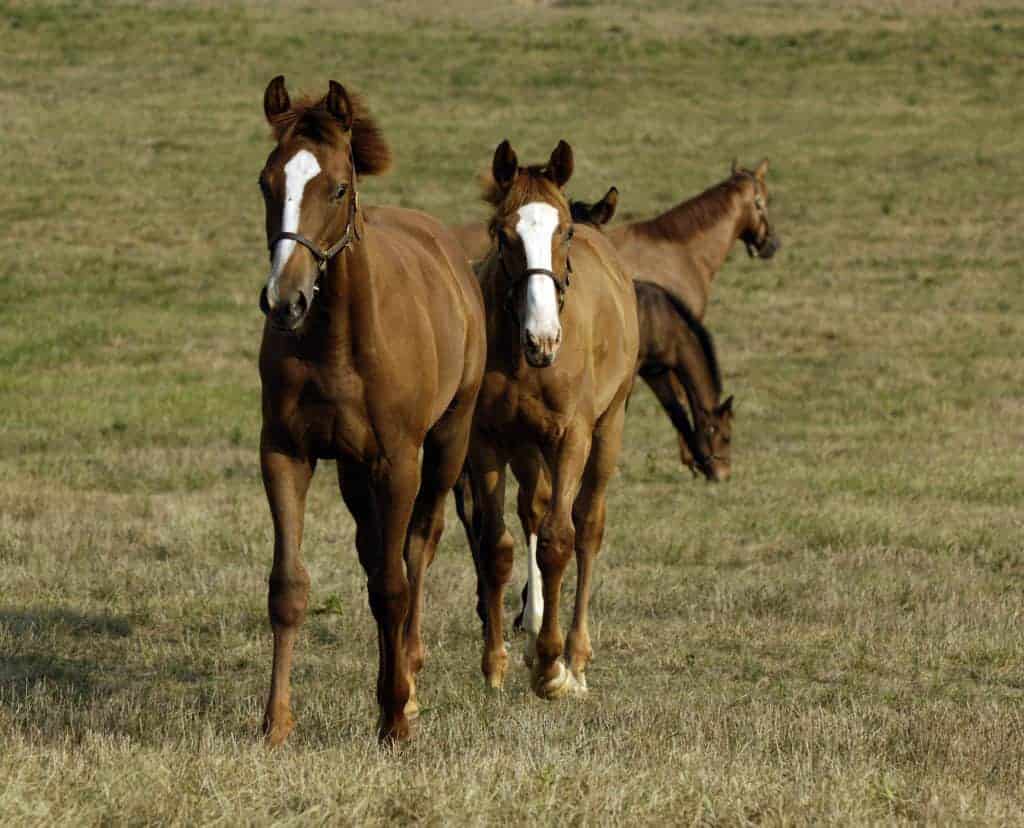The Whole Horse
As we step back from our machines and relearn the art of looking at the equine patient as a whole we might realize that some of the most complicated problems have rather simple solutions.
Prevention and treatment for problems of the equine foot
As we step back from our machines and relearn the art of looking at the equine patient as a whole we might realize that some of the most complicated problems have rather simple solutions.

Supporting limb laminitis is a sometimes fatal condition that develops as the result of another injury.
Navicular bone shape and fragments found near it could help veterinarians better understand navicular disease.

Is inflammation involved in chronic laminitis development in horses with equine metabolic syndrome?
As lush summer grass grows, unfortunately so does your horse’s risk for laminitis.
Buttercup needs special glue-on shoes that only attach to the outside of her foot to provide support to her
The Sanctuary Equine Sports Therapy & Rehabilitation Center will offer a “Lameness and Laminitis Symposium” on

How you manage, feed, and care for your young horse can affect his future performance.
Full brother to 2006 Kentucky Derby winner born five years after Barbaro sustained injury in the Preakness.
“The Horse Owner’s Guide to Regenerative Medicine” will take place June 4 from 2:00 to 5:00 p.m., in Lexington
The Equine Cushing’s and Insulin Resistance Group (ECIR Group) recently announced plans for the First Annual No Laminitis! Conference to take place on Aug. 5-7, 2011, hosted by Black Horse Consulting in conjunction with DeMario Farms of Chittenango,

Learn about equine metabolic syndrome and its relationship to laminitis, recognizing and managing at-risk horses to prevent laminitis, and more with Dr. Raymond Geor of Michigan State University.
In certain cases of navicular disease, drilling a hole into the navicular bone–a procedure called core decompression that’s commonly used to treat human osteonecrosis (bone death caused by poor blood supply to the area)–might provide a new
Recent surveys of equine veterinarians reveal that laminitis is the No. 1 lameness concern of equine practitioners, due how difficult it is to treat and manage this debilitating condition. On the topic of laminitis control, Heidi Reesink, VMD, a
Lameness caused by quarter cracks is a nemesis of horses and owners, and treatment is often complex.

Stay on top of the most recent Horse Health news with
"*" indicates required fields